What You Need to Know About Topical Aromatherapy
While essential oils are best used with a diffuser, to be inhaled through the nasal passages, topical application is also an effective way to use them. However, essential oils are strong liquids that may cause irritation or an allergic reaction when used incorrectly. Before you use aromatherapy topically, read this guide first.
Why Use Essential Oils Topically
When an essential oil is applied topically, the skin absorbs the essential oil and allows it to take effect. Topical application of aromatherapy allows essential oils to have a localized effect, allowing it to target specific concerns and work faster.
Guide To Topical Aromatherapy
1. Always Dilute Essential Oils For Topical Use
Essential oils are potent and can cause allergic reactions or irritate the skin. To avoid such reactions, essential oils should always be diluted. Diluting essential oils reduce their potency allowing the skin to absorb it better as well, but it does not change their efficacy.
Carrier oils are mixed with essential oils to dilute them. These carrier oils are gentler to the skin. They also help facilitate the absorption of essential oils into the skin. Carrier oils you can use for dilution are coconut oil, jojoba oil, almond oil, argan oil, and carrot seed oil.
2. How To Dilute Essential Oils
To dilute essential oils, you simply need to mix carrier oils and essential oils. However, you need to follow the correct dilution ratios.
| 10 ml Carrier Oil | 15 ml Carrier Oil | 20 ml Carrier Oil | |
| 0.5% Dilution | 1 drop | 2 drops | 3 drops |
| 1% Dilution | 3 drops | 4 drops | 6 drops |
| 2% Dilution | 6 drops | 9 drops | 12 drops |
| 3% Dilution | 9 drops | 13 drops | 18 drops |
| 4% Dilution | 12 drops | 18 drops | 24 drops |
| 5% Dilution | 15 drops | 22 drops | 30 drops |
0.5% dilution is recommended for kids aged 6 to 10;1% dilution can be used for ages 11 to 15; 2% for older kids and pregnant women; 3-5% for adults. If you don’t want to deal with ratios, you can instead purchase a ready-made roll-on essential oil. Organic Aromas’ Roll-on Essential Oils have a 5% dilution, making it perfect for daily topical use for adults.
3. Don’t Use Topical Aromatherapy On Kids Younger Than 5
As you probably noticed, the lowest dilution, 0.5% is recommended for kids aged 4 and up. This is because aromatherapy is not advisable for infants and toddlers. Essential oils are too potent for infants’ and toddlers’ little bodies. In fact, essential oils need to be handled very carefully even for children aged 3 and up. A drop of essential oil is the equivalent of 40 cups of tea for children, which cannot be good. So, it’s best to wait until kids are a little older and to always exercise caution when using essential oils for kids.
With that said, the best essential oils for children are Lavender, Rose Geranium, Tea Tree, Chamomile, Blue Tansy, Cedarwood Atlas, Neroli, and Sandalwood.
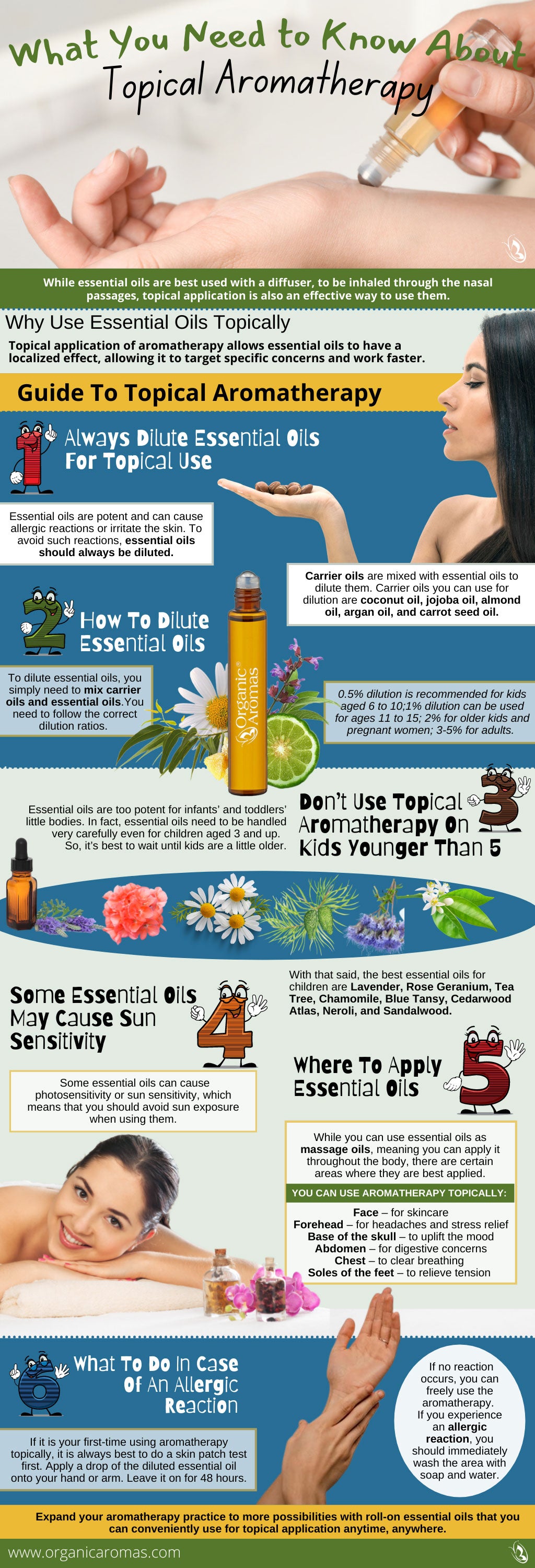
4. Some Essential Oils May Cause Sun Sensitivity
Their therapeutic benefits are not the only ones you should consider when using essential oils topically. Some essential oils can cause photosensitivity or sun sensitivity, which means that you should avoid sun exposure when using them. Photosensitivity makes your skin more sensitive to sunlight, which would cause you to get burns and sun damage easily.
5. Where To Apply Essential Oils
While you can use essential oils as massage oils, meaning you can apply it throughout the body, there are certain areas where they are best applied. It goes without saying, though, that essential oils shouldn’t be used in sensitive areas even when diluted. You can use aromatherapy topically:
- Face – for skincare
- Forehead – for headaches and stress relief
- Base of the skull – to uplift the mood
- Abdomen – for digestive concerns
- Chest – to clear breathing and for stress relief
- Soles of the feet – to relieve tension (especially during a foot massage)
6. What To Do In Case Of An Allergic Reaction
If it is your first-time using aromatherapy topically, it is always best to do a skin patch test first. Apply a drop of the diluted essential oil onto your hand or arm. Leave it on for 48 hours. You may cover it with gauze to avoid getting it wet. If no reaction occurs, you can freely use the aromatherapy. However, if you experience an allergic reaction, you should immediately wash the area with soap and water.
Expand your aromatherapy practice to more possibilities with roll-on essential oils that you can conveniently use for topical application anytime, anywhere.
Pin It!
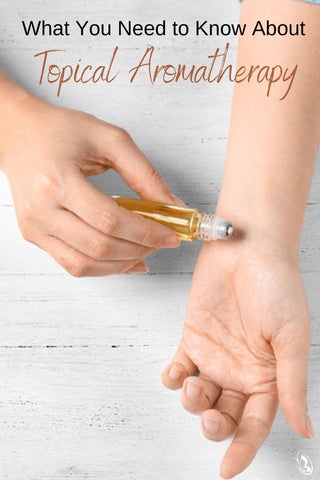
-
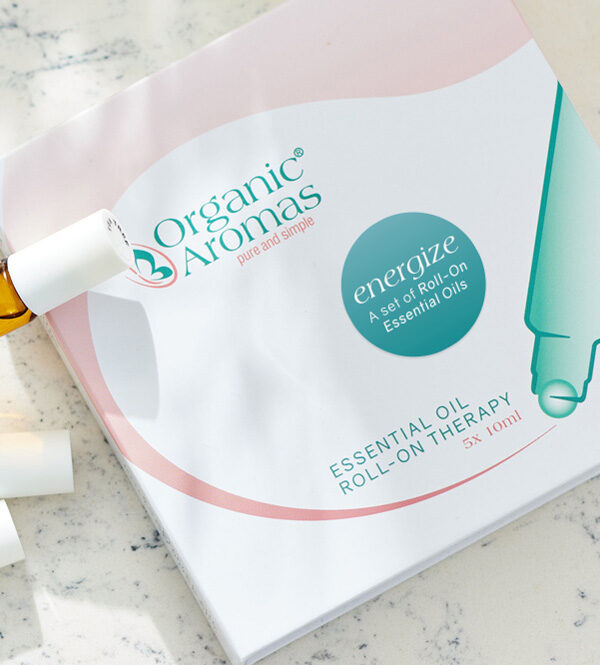
-
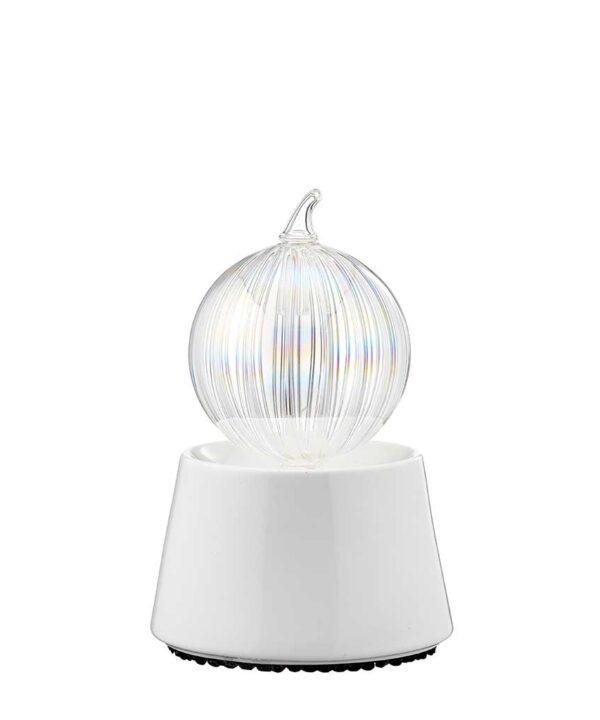
Aurora – Nebulizing Diffuser®
$105.00Select options This product has multiple variants. The options may be chosen on the product page -
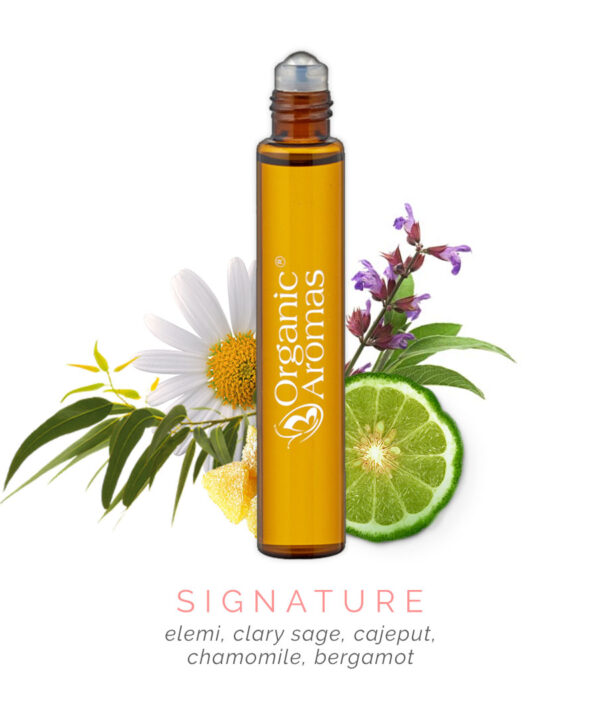
-
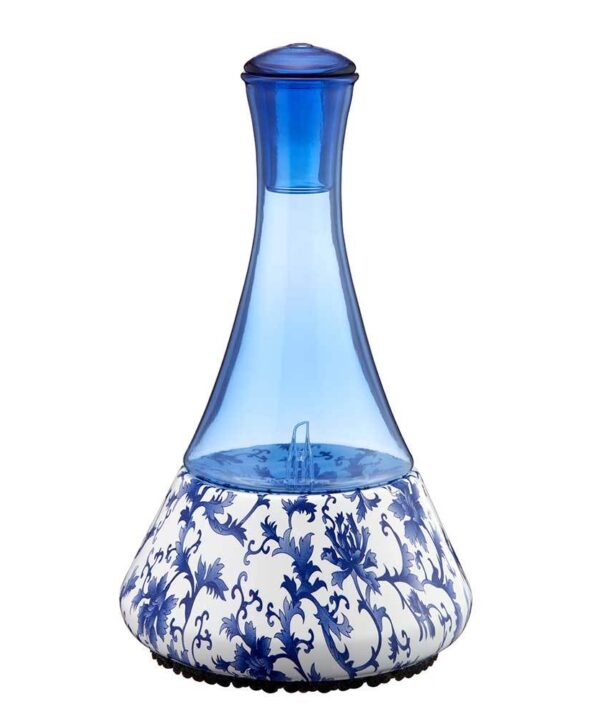
Opulence – Nebulizing Diffuser
$105.00Select options This product has multiple variants. The options may be chosen on the product page

All of these reviews are so obviously insincere and probably made by just one person. note the dates and times of each comment as well-bogus
I really learned a lot from this post. I will definitely keep a copy to refer to when making my topical aromatherapy oil.
I like having the chart for diluting them
I love essential oils! I can’t wait to try all these amazing scenes and oils! Love this read!!
Great info!
I didn’t know this about dilution of essential oils and what percentage and how many drops per percentage. Excellent information. Thanks for sharing!!!
Very Interesting!
What a GREAT post! I learned so much, especially the right spots to apply it for what I want!
love to try these, need some smoothing
Great information
I did not know that I should dilute essential oils before using!
I just love oil therapy!
great info i learned alot
I use at Base of the skull
First time I have heard of these but I think my wife would love these….Stocking stuffer? YES I think so
Thanks for the wonderful information
Love it
Thank you for this information! It’s so important to know all of this!
This sounds great.
I am fairly new to the use of essential oils. I could use something for headaches. Thanks for the information that has been provided.
Never heard of Aromatherapy before and would love to learn more
Thanks for the valuable info.
Great information! Thanks
Awesome post. Thank you.
very informative article
Wonder if there are other negative side effects.
thank you, this is all new information to me!
I can’t wait to try it
Good info I didn’t know that theycoulddo all of that.
I use on my forehead
Very informative. Thank you for enlightening me!
I love the information provided. I am headed to site to read more. Thank you
Thank you for the tips on using essential oils topically. Especially for which ones to use on kids and where to apply them. I’m going to have to order some and try a patch test on us and hope we’re not allergic.
Love it
I love essential oils! I did learn a lot from the article though
So much helpful, easy to understand information. I have a few oils but I don’t use them as much as I would like you because I need to know more about the various ways to use them.
Very useful information, thank you!
I am really just getting started with using essential oils. I still have a lot to learn. Thanks for the information.
Really useful article! Will definitely use this in the future!
this sounds great. thank you
Very helpful information. It’s important to use it right.
Thank you for the tips on using essential ois, I am glad you posted the oils that are safe for kids.
Very good information – the graphics are cute but informative. I like that there is a chart of the dilution percentages, useful to know
I am looking to use essential oils more and this article was very helpful
This is a very informative article
Great info
This information is really informative, I really appreciate the How To Dilute Essential Oils section because usually I just drop a random amount.
Really great article. I have always been confused about how to use essential oils properly.